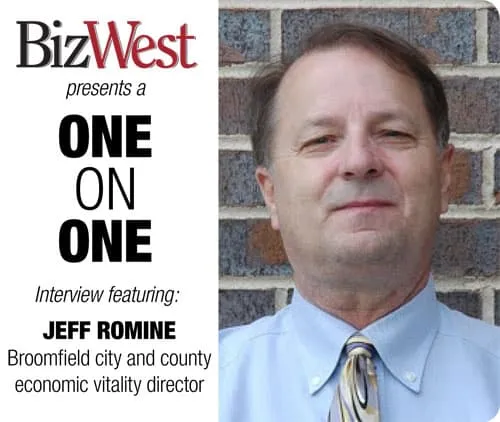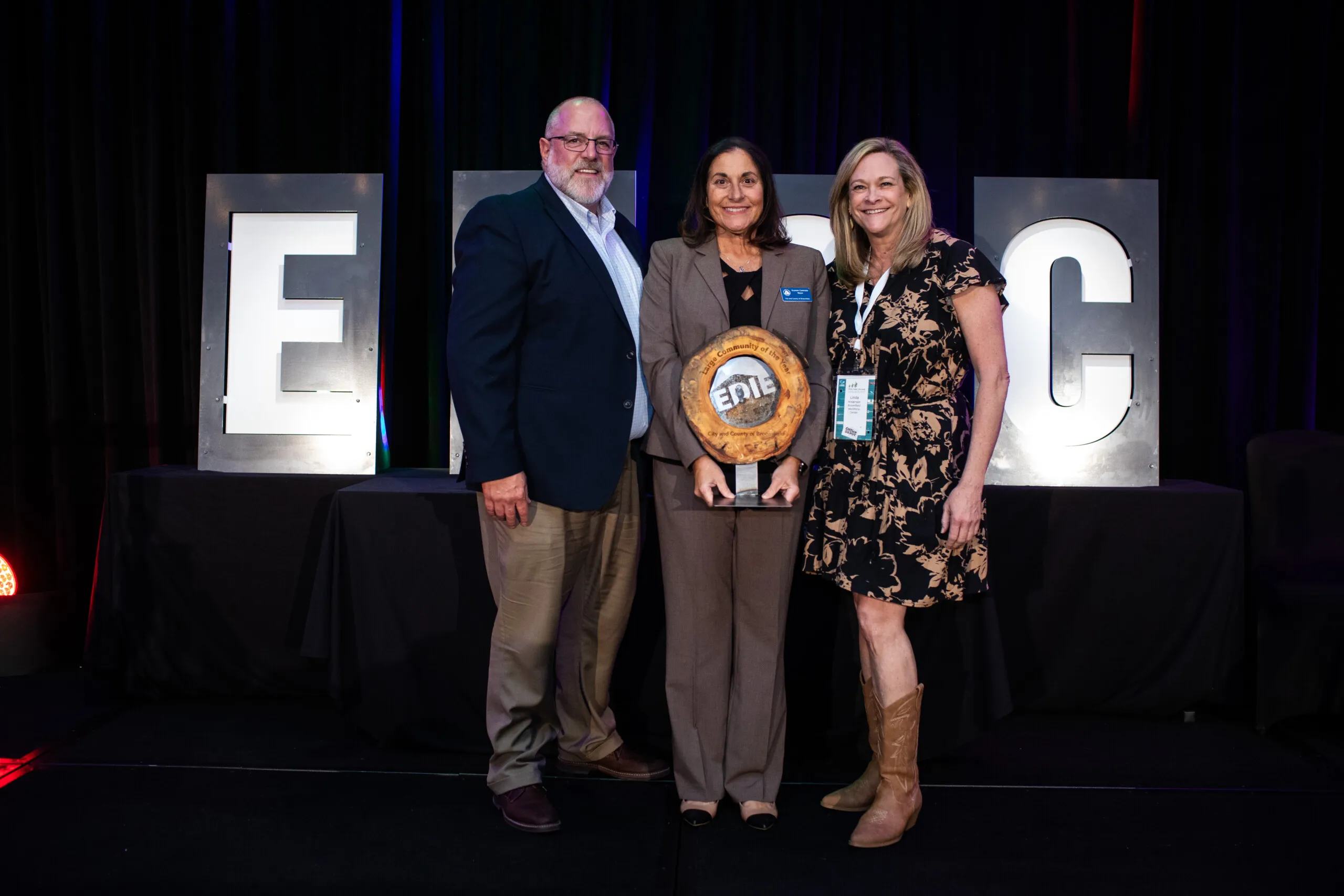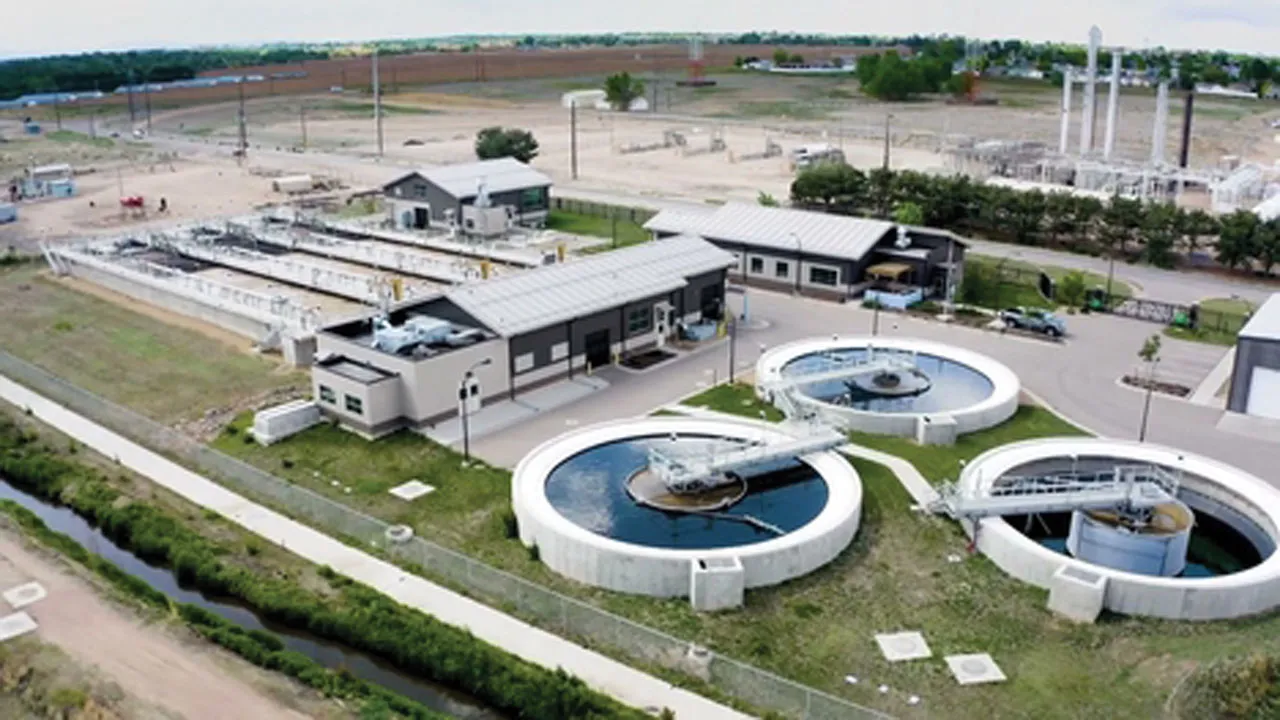One-on-One interview with Jeff Romine: Broomfield city and county economic vitality director

 Each month, BizWest asks a business leader to participate in a question and answer feature to help shed light on a business topic, an industry or add insight to a field of endeavor. This month, Ken Amundson, managing editor, posed questions to Jeff Romine, the new Broomfield city and county economic vitality director.
Each month, BizWest asks a business leader to participate in a question and answer feature to help shed light on a business topic, an industry or add insight to a field of endeavor. This month, Ken Amundson, managing editor, posed questions to Jeff Romine, the new Broomfield city and county economic vitality director.
BizWest: You’re relatively new in your position at Broomfield. What was the first big observation you made with regard to the local economic picture in Broomfield?
Jeff Romine: My first discovery is the…
THIS ARTICLE IS FOR SUBSCRIBERS ONLY
Continue reading for less than $3 per week!
Get a month of award-winning local business news, trends and insights
Access award-winning content today!




